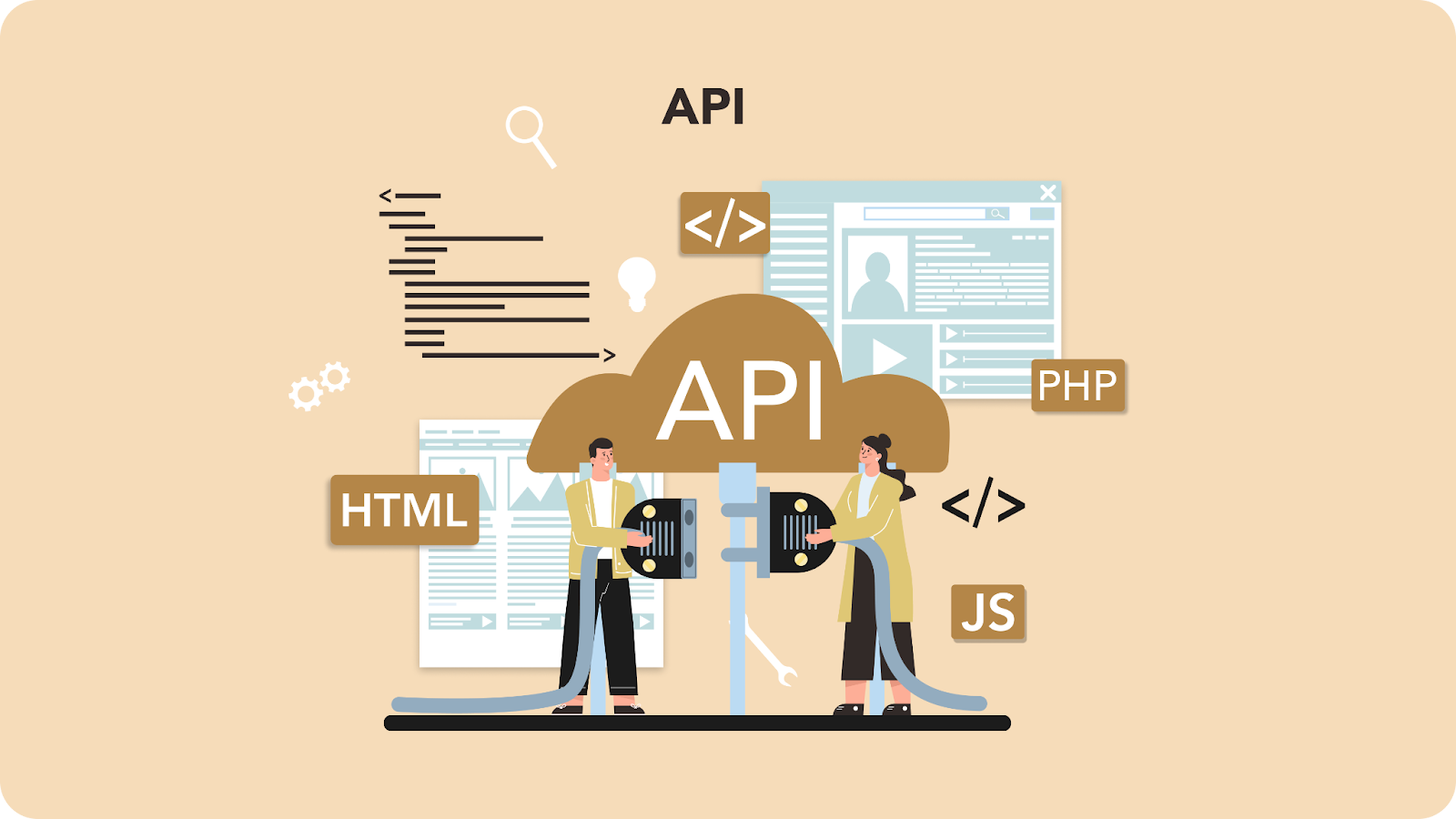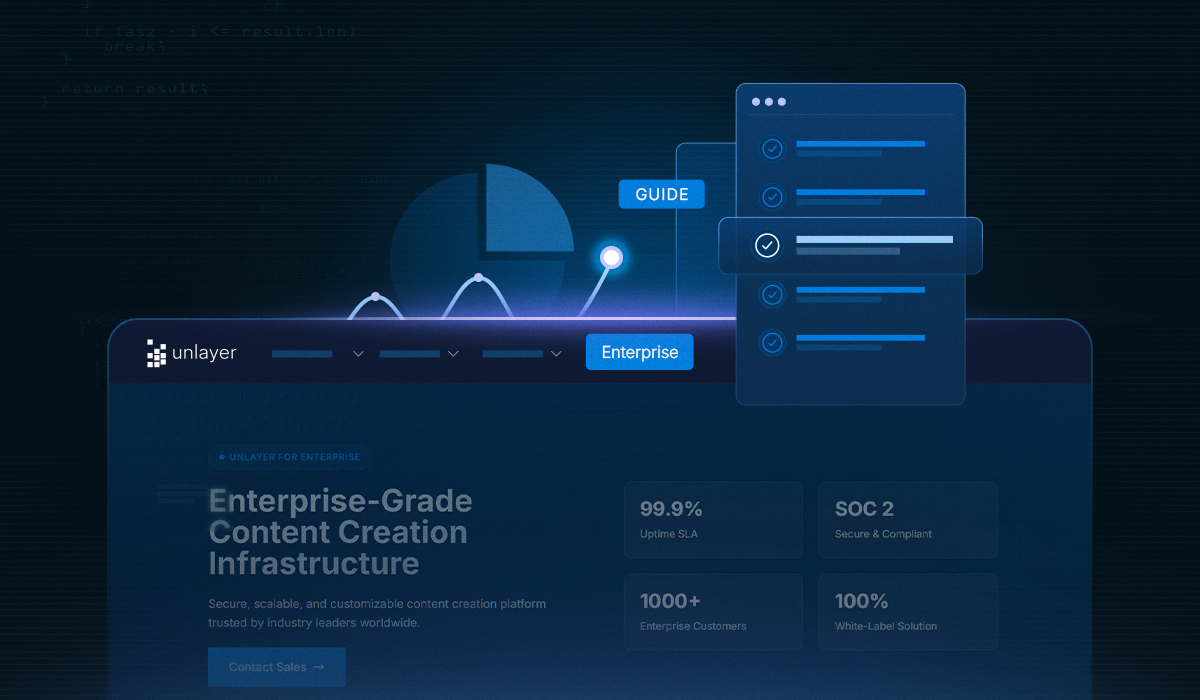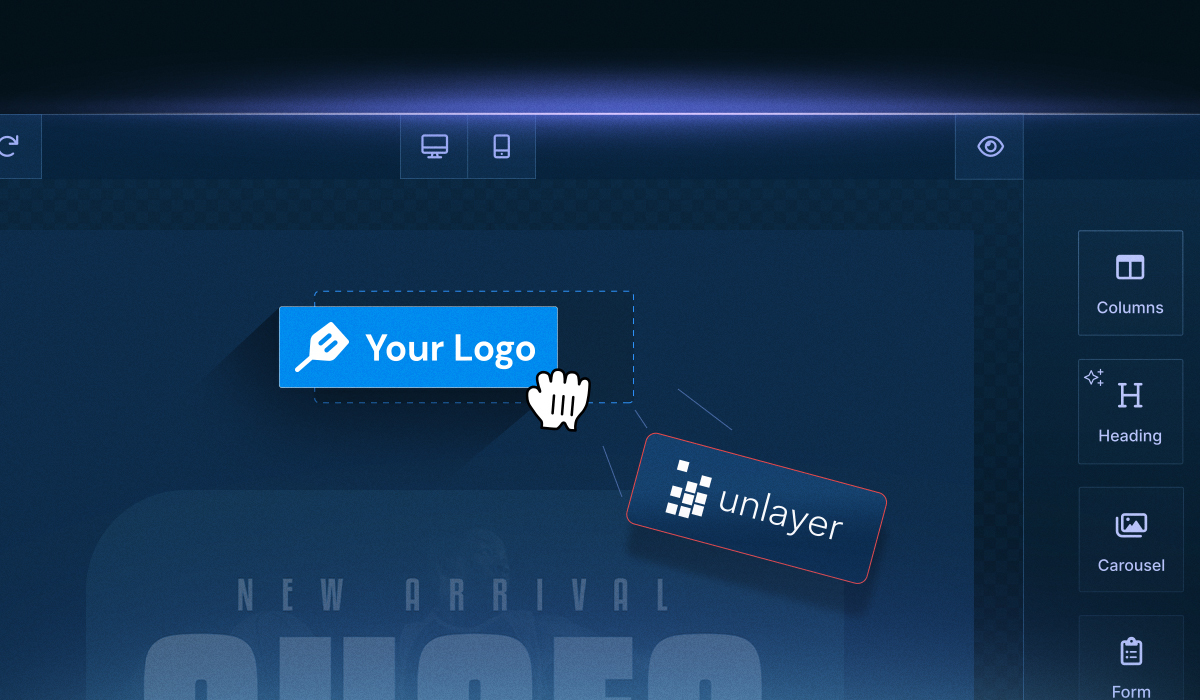As you look for efficient ways to scale and maintain consistent branding in your projects, two solutions stand out: API and white label solutions. These approaches help you integrate new features quickly and customize products without reinventing the wheel.
Key Takeaways:
APIs and white label solutions enable seamless integration, scalability, and faster deployment of customizable products.
Key benefits include enhanced user experience, cost-efficiency, flexibility, and faster time-to-market.
Integration steps involve identifying needs, choosing the right APIs, securing data, and continuous monitoring.
Challenges include compatibility, data syncing, security, and compliance with privacy regulations.
Future trends focus on blockchain, edge computing, AI-powered automation, and increased customization and interoperability.
Understanding APIs and White Label Solutions
APIs (Application Programming Interfaces) allow for seamless integration between different systems, enabling businesses to leverage third-party services without extensive development. White label solutions, on the other hand, provide ready-made products that businesses can brand and offer as their own, eliminating the need for building them from scratch.
Key Components and Features of APIs
APIs (Application Programming Interfaces) are essential for enabling software systems to communicate with each other. The key components and features of APIs include:
Endpoints: Points where the API interacts with the outside world, allowing external systems to make requests.
Authentication: Ensures that only authorized users or systems can access the API, typically using tokens or keys.
Request and response format: The structure in which data is sent and received, typically in JSON or XML format.
Rate limiting: Controls the number of requests a user can make in a specific time frame to prevent overload.
Error handling: Allows the API to return meaningful error messages to users or systems in case of failure.
Versioning: The ability to manage changes and updates to the API without disrupting existing users.
Key components and features of white-label solutions
The key components and features include:
Custom branding: The ability to rebrand the solution with your company's logo, colors, and other branding elements, providing a seamless experience for end-users.
Scalability and modularity: These solutions are designed to scale easily and can be customized to meet specific business needs, offering flexibility in features and growth.
User Interface (UI) customization: The flexibility to modify the user interface to align with your business’s unique design and user experience goals.
Integrated functionality: Pre-built integrations with third-party services such as payment gateways and CRM systems to create a fully functional platform out of the box.
Support and maintenance: Includes ongoing support and maintenance from the provider to ensure the product stays up-to-date and secure.
Security and compliance: Robust security features and compliance with industry regulations (e.g., GDPR, HIPAA) to ensure sensitive data is protected.
Cost efficiency: White-label solutions allow businesses to offer high-quality services without investing in extensive development resources, reducing time-to-market and overall costs.
Looking for a faster way to launch products and services while keeping your brand identity intact? Try Unlayer’s Email & Page Builder to see how easily you can customize, brand, and deploy content.
Also Read: 5 Reasons Why You Should Invest in White Label Solutions
Integration of APIs and White Label Solutions
Integrating APIs with white-label solutions rapidly enhances your products, enabling seamless connections with external platforms and making them more customizable, feature-rich, and scalable.
By combining them with APIs, you can:
Allow scaling by adding new functionalities without disrupting the core product.
Improve user experiences with real-time features and integrations.
Pre-built APIs save on development costs and optimize resources.
Accelerates deployment, helping launch features and products faster.
Example use case:
For instance, integrating an API with a white label CRM can introduce features such as:
Automated customer support (chatbots, ticketing systems).
Real-time analytics and reporting.
Data synchronization with external services like payment gateways and social media platforms.
Understanding how APIs work alongside other tools is key to choosing the right approach for your product.
Read more here: APIs and SDKs: What's the Difference & When to Use Them?
6 Practical Steps for Seamless API Integration in White-Label Products

Follow these steps for a seamless and efficient API integration into your white label solution:
1. Define your integration needs
Determine the key features you need. For example, in a white-label CRM, APIs can enable automated support, real-time analytics, or payment gateway connections.
2. Choose the right APIs
Select APIs that align with your specific needs. Look for well-documented, scalable APIs that meet your technical requirements. For example, if you're building an e-commerce platform, you'll need APIs for payments, shipping, and inventory management.
3. Plan data flow
Map how data will flow between your systems. For example, when integrating a payment API, ensure transaction data is synced with your CRM and order management system. Set rules for data validation, error handling, and synchronization to ensure consistency across systems.
4. Implement authentication and security
Ensure your integration is secure by using strong authentication methods like OAuth 2.0 or API keys. Encrypt sensitive data during transmission with HTTPS/SSL. Stay compliant with relevant data protection regulations (e.g., GDPR, HIPAA) to safeguard user data.
5. Develop, test, and launch
Work with your developer team to integrate and test the API. Make sure all key functions, such as data syncing, payment processing, and error handling, are thoroughly tested before going live. Ensure the integration meets performance and reliability standards.
6. Monitor and maintain
After launch, continuously monitor API performance using tools like Datadog, New Relic, or Prometheus. Track metrics like API response time, error rates, and data syncing to ensure everything runs smoothly. Set up alerts for any issues and regularly update your APIs to stay current with new features and fixes.
API integrations are just one way to enhance your SaaS another is adding builders for more functionality.
Also Read: Integrating an Email/Page Builder in SaaS: A Quick Guide
Overcoming API and White Label Solution Challenges
Integrating APIs and white label solutions brings great potential but also requires careful attention to several challenges. To ensure smooth and efficient implementation, you'll need to consider and address the following key factors:
Challenges /Considerations | Details | Solution |
Compatibility and Integration | Ensuring that the API and white label solution integrate without issues, avoiding version mismatches and data flow disruptions. | Automate API tests in CI/CD pipelines to ensure early issue detection and smooth system communication. |
Data Syncing and Quality | Focuses on data integrity, keeping records accurate and consistent across systems to avoid mismatches and errors. | Implement robust data validation and error handling mechanisms. Use real-time syncing tools and monitor data quality. |
API Security and Authentication | Securing data exchanges and ensuring only authorized access with secure methods like OAuth 2.0, API keys, and encryption. | Use Role-Based Access Control (RBAC) and enforce secure authentication protocols. Regularly audit security settings and conduct vulnerability assessments. |
Rate Limiting and Abuse Prevention | Focuses on system capacity, preventing overload and performance issues by controlling the volume of API requests. | Implement rate limiting, throttle requests, and monitor API usage to ensure your system can handle high traffic. |
Compliance with Privacy Regulations | Meeting data privacy requirements like GDPR, HIPAA, and CCPA to ensure user data is protected. | Encrypt sensitive data, anonymize where possible, and ensure compliance with relevant privacy regulations. |
System Monitoring and Error Management | Ensures system stability and reliability by tracking performance, managing loads during high traffic, and quickly identifying issues that could cause downtime. | Use monitoring tools (e.g., Datadog, New Relic) to track API performance and implement load balancing. Set up centralized logging, error tracking, and automated alerts to resolve issues proactively. |
Regular Updates and Maintenance | Keeping your API and white label solutions up-to-date with new technologies, security patches, and business requirements. | Regularly update your API and white label solutions. Plan for backward compatibility and test thoroughly. |
API Documentation | Ensuring that developers can quickly integrate with your API using clear, comprehensive documentation. | Provide detailed, well-organized API documentation that includes example requests, responses, error codes, and usage guidelines. |
SDKs and Sample Code | Speeding up the integration process with ready-to-use development kits and code examples. | Provide well-documented SDKs in popular programming languages and offer comprehensive sample codes. |
Developer Support | Need for timely support and guidance during the integration process. | Provide accessible support channels, such as dedicated forums, helpdesks, and support teams. |
Future Trends in API and White Label Solutions
Emerging innovations are reshaping how API and white label solutions function and integrate with other platforms. You need to be aware of these changes to maintain efficient, secure, and scalable systems.
Key innovations to watch include:

Blockchain: By providing decentralized, transparent ways to exchange data, blockchain will enable more secure transactions in APIs and white label solutions. Blockchain-based authentication and payment systems could increase trust and security for businesses offering white label products.
Edge computing: To reduce latency and enhance processing speeds, edge computing will bring data closer to the user. APIs that facilitate edge computing will make white label solutions more responsive and efficient.
Automated task management: AI-powered APIs will automate routine tasks within white label solutions, like categorizing support tickets or optimizing system performance based on usage patterns. This reduces manual labor and improves operational efficiency.
Enhanced data analytics: With AI and ML, APIs can process large datasets to deliver predictive insights and help businesses make data-driven decisions. White label solutions will leverage these capabilities to identify trends and provide actionable insights.
Intelligent security: AI and ML will also bolster the security of APIs and white label solutions by detecting unusual patterns, identifying potential security threats, and responding faster to emerging risks. This will make systems more resilient and secure.
More advanced customization: APIs will allow you to create deeper, more personalized white label products with dynamic content and real-time updates reflecting user preferences.
Increased interoperability: APIs will facilitate better integration across different platforms, allowing systems to communicate seamlessly with each other, creating a more connected ecosystem.
These emerging trends highlight how APIs and white-label solutions will continue evolving to meet new demands. For more insights into how embeddable tools shape SaaS products, also Read: What Are Embeddable Editors & Why Do SaaS Platforms Need Them
How Does Unlayer Help in API and White Label Solution Integration?
Unlayer offers a powerful suite of tools that enable developers to easily integrate customizable email and landing page editors into their white label products. With Unlayer’s API, you can offer dynamic, user-friendly editing experiences while maintaining full control over branding and functionality.
Whether you’re building a CRM, marketing platform, or any other application that requires robust content creation tools, Unlayer provides the flexibility and ease you need.
Why Unlayer?
Easy API integration: Integrate a fully functional email and landing page editor into your application with minimal effort.
Customization: Go beyond basic branding by tailoring templates, editor features, and user permissions giving you full control to deliver a truly branded experience.
Responsive design: Ensure that all created content is mobile-friendly and responsive, providing an optimal experience across all devices.
Real-time collaboration: Enable users to create, edit, and collaborate on content in real time, improving productivity.
Are you looking to embed powerful editing tools into your app? Unlayer’s APIs make it simple to integrate a white-label email and page builder with your existing stack. Sign Up Now!
FAQs on API and White Label Solutions
Q1: How can I determine which API is right for my white label solution?
A. To select the right API for your white label solution:
Identify the specific features you need (e.g., payment processing, customer support, analytics).
Check the quality of the API’s documentation and ease of integration.
Evaluate scalability to ensure it can handle future growth.
Review security features to protect data and comply with regulations.
Confirm compatibility with your existing systems and workflows.
Consider vendor reliability and the availability of ongoing support.
Q2: Can I modify a white label solution after integrating an API?
A. Yes, integrating APIs into a white label solution often allows for easy modifications and enhancements. APIs enable you to add custom features, such as third-party services or data integrations, and you can update or extend functionality as needed without overhauling the entire product. Just be sure to maintain compatibility during any updates.
Q3: What are the risks of not monitoring API performance after integration?
A. Failing to monitor API performance can lead to undetected issues, such as slow response times, data synchronization errors, or security vulnerabilities. Without proper monitoring, your systems may experience downtime or degraded user experiences, which could harm customer satisfaction and business operations. Regular monitoring ensures early detection of issues and prompt fixes.
Q4: How do I handle API versioning when updating my white label solution?
A. When updating a white label solution with a new API version, it’s crucial to maintain backward compatibility. Use versioning in the API URL and document any changes thoroughly for developers. Implementing version control allows you to test the new version while ensuring existing users are not affected by the updates.
Q5: How can I manage third-party APIs that may not be reliable or well-documented?
A. When dealing with third-party APIs that may not be reliable or well-documented, it's important to have fallback mechanisms, such as retry logic or caching, in place. Work with the vendor to get clarification on their documentation, and consider monitoring the API’s performance to track any disruptions. You can also evaluate alternative APIs to reduce reliance on a single source.





